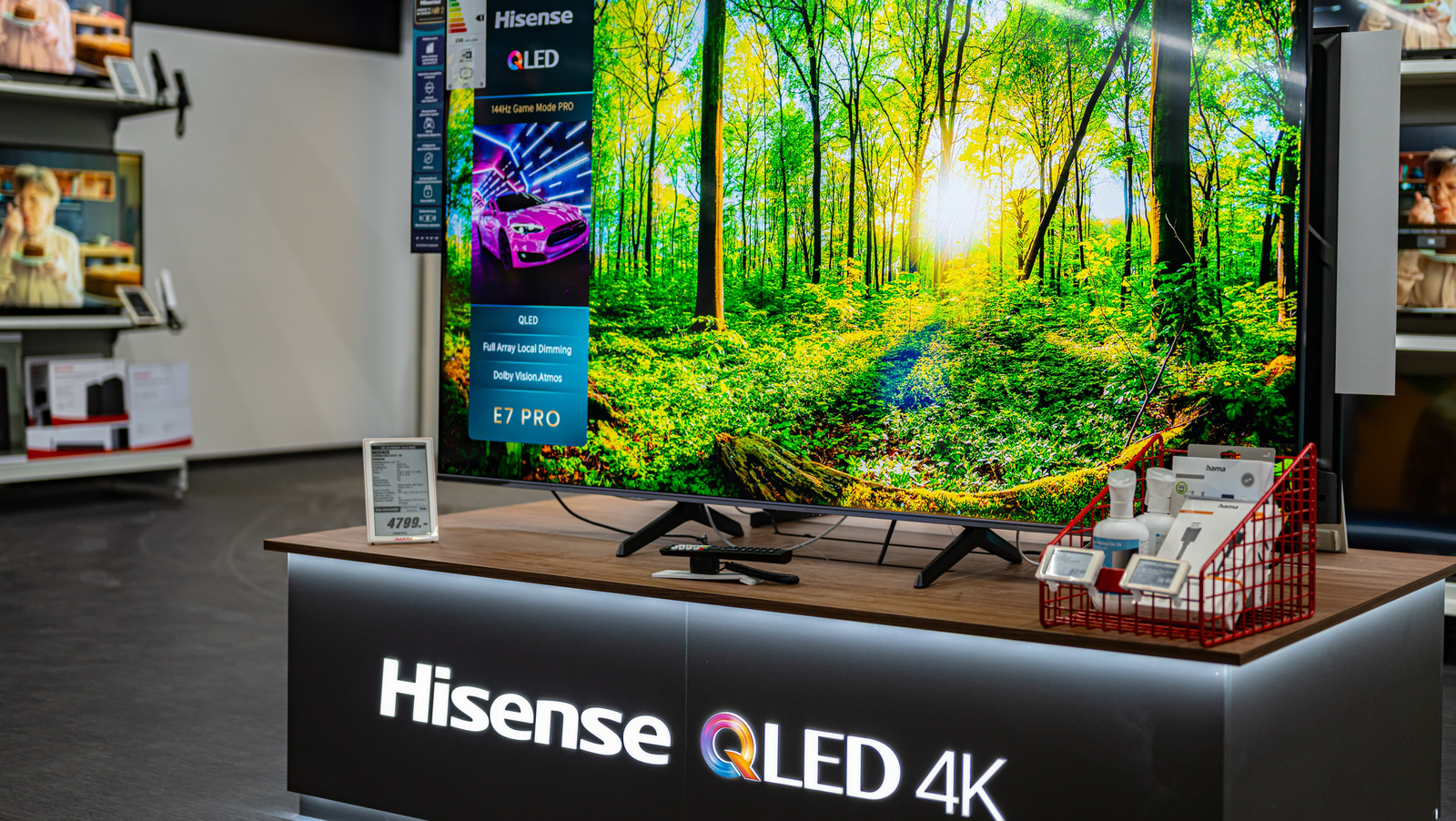Think about standing in your living room, cordless vacuum cleaner in hand, ready to go. You look down and scan the floor as you start to clean. How long does it take you to spot something that can’t be vacuumed up, like a sock or a cable tidy?
A fraction of second, if that? And, how quickly can you react to that? Pretty much immediately, I guess. Now, give a robot that job, and how successful will it be? Quite a lot less, and the more complicated the task, the harder it gets.
AI object detection and recognition is incredibly useful on a robot lawn mower or a robot vacuum cleaner, but it feels like we’re hitting a wall (often literally) when it comes to doing anything a lot more advanced with robots.
Object not found
Take, for example, the Roborock Saros Z70, a robot vacuum cleaner with an OmniGrip arm, which promises to be able to tidy up as it goes, lifting items such as socks, shoes and crumpled bits of paper, and either cleaning under them, or moving them to specified locations.
Sounds great in theory, but while reviewing the robot, the reality was painfully far away from the dream where I could just put my feet up and let the robot do all of the work.
I think it’s brilliant that companies like Roborock are trying to push the envelope of what’s possible, but the latest robot may well struggle to recognise the envelope, let alone push it.
Trying it out around the Trusted Reviews Home Technology lab, I littered the lab with objects that should be detected, including shoes, a trainer sock and a balled-up tissue. The sock and the tissue were ignored, skirted around but never collected.
My shoes were sometimes delicately picked up and carried to the tidy-up place, but not always, and once the shoe got caught in the arm’s mechanism and fell off later one, with the Z70 driving it around.

A human would have spotted all of the objects immediately, could have moved each one to its rightful place (the Saros Z70 can only move objects to a general location or into the special bin that’s provided in the box). And, a human would know it’s dropped something and, you’d hope, would pick it up again rather than walking around with a shoe on their head, or something.
This perfectly highlights the differences between generic object recognition and avoidance, and then making the next step.
Avoiding me
Until the Saros Z70, robots with AI cameras were designed to spot and avoid common obstacles, often using additional sensors alongside image recognition. Although not easy, looking for general patterns in obstacles and then moving around them is an easier job.
There’s a lower threshold for problems, with obstacle avoidance, too. It’s arguably better if a robot is overly cautious and moves around something it could have sucked up, than to crash into something.
Outside, with robot lawn mowers, that’s even more so the case, as the wide outdoors opens up plenty of potential for more issues. Typically, then, robot lawnmowers with object detection tend to be even more cautious, as you don’t want your prized begonias being wiped out.
Even then, they often come with noted limitations. The LawnMaster OcuMow Autocharging Vision Robot Mower is designed to spot clearly defined borders only. If you don’t have these, then physical boundaries or magnetic tape are required. It’s a fair limitation from the start.
Nothing is perfect, and robots can and will make mistakes. I’ve seen robots that can spot pet mess in most situations (I have some fake stuff for testing), but reverse into it when coming out of the dock, as they can’t see behind them. Or, robots will sometimes run over cables that they couldn’t quite spot.
Humans, on the other hand, are built to quickly spot and avoid trouble, and we’re much better at quickly identifying objects, or at least spotting something that needs further investigation.
AI still has its place in robots. And, to give the Saros Z70 credit where due (and, indeed, Roborock’s line-up of other robots), it’s brilliant at avoiding most common obstacles, skirting around them and ably navigating without getting stuck.
In normal use, I still tidy up a lot before setting a robot loose, to avoid robots getting stuck: thin mats, dangling shoelaces and the like are all better moved out of the way. And, moving anything that would get in the way of a deep clean; the AI just makes sure that other mistakes don’t happen, and that kind of system works very well.
Too complicated
The issue with AI is that what it considers complex is much sooner than when a person would consider something too complicated. And, that’s not just about tidying up. Think about how a robot would cope with stairs, for example.
We’d all love to have a stair-climbing robot vacuum. That goes double for me, as I live in a Victorian Terrace, where there are little steps to pretty much every room, and a narrow staircase. Climbing those stairs with a vacuum is easy for me and most humans, and doesn’t need any thought.
Do we have any robot vacuum cleaners that can do it? No, we don’t. Currently, the limit of robot technology is with robots that can climb over thresholds (very useful) and perform other useful tasks. The Roborock Saros range, for example, has AdaptiLift, so it can raise its chassis off the ground for navigation and also vacuuming deep pile carpets. It makes a big difference, but again these are solutions to relatively simple problems.


To climb stairs, additional hardware is required, and the robot needs to be able to spot and navigate all types of stairs, including narrow Victorian ones, sleek open-tread modern ones, and spiral stairs. Performing that kind of task isn’t easy for a robot or AI, at least not safely and not at a price that we’d all be willing to pay.
It feels as though we’re a long way away from domestic servants that can do a job as well as a person can, and AI hasn’t proved to be a quick way to do more complicated jobs around the home.
AI still has its part to play in robots: it’s good and getting better at spotting stains that need extra cleaning and avoiding areas that might cause problems, making the experience better. That’s very good, as it makes robots better at their job, so there’s less manual work involved. For the standard stuff that I can do quicker, like tidying up or folding clothes, robots feel like they’re a long way off.











